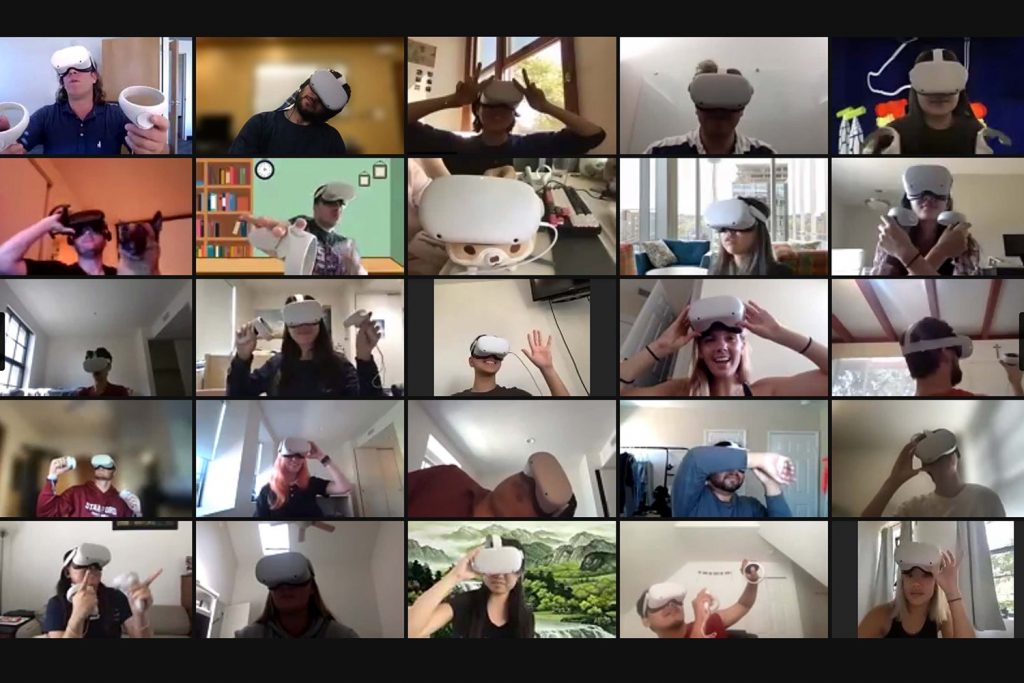
The pandemic has significantly accelerated the adoption of innovative IT solutions that allow people to remain connected even when physically separated by social distancing measures intended to curb the spread of the deadly virus.
Virtual reality takes traditional forms of digital communication to the next level by allowing its users to feel physically present in the same shared virtual environment. That’s one reason why Stanford University is launching its first class entirely in VR.
Called COMM 166/266: “Virtual People,” the class was created by communication professor Jeremy Bailenson, who has been teaching the subject for 20 years, and he teaches it together with first-year communication Ph.D. student Cyan DeVeaux.
“In Virtual People, the students don’t just get to try VR a handful of times. VR becomes the medium they rely on,” said Bailenson, the founding director of Stanford’s Virtual Human Interaction Lab (VHIL).
Students can access the class using Meta Quest 2 headsets, which were modified by Meta at the request of Bailenson so that students wouldn’t have to log in using their real names. The headsets run a virtual meeting platform called ENGAGE, which provides a wealth of tools students and teachers can use for virtual reality learning.
Taking full advantage of the limitless possibilities of the technology, Bailenson created a diverse set of class assignments that include everything from a guided meditation in outer space to creating a performance with different avatars to building a unique scene.
“The only limitation to this assignment was a student’s own imagination,” DeVeaux said, referencing the scene-building assignment.
Stanford’s new VR class provides a glimpse of what the future of higher education may look like, and it will be interesting to see what students think about it.
